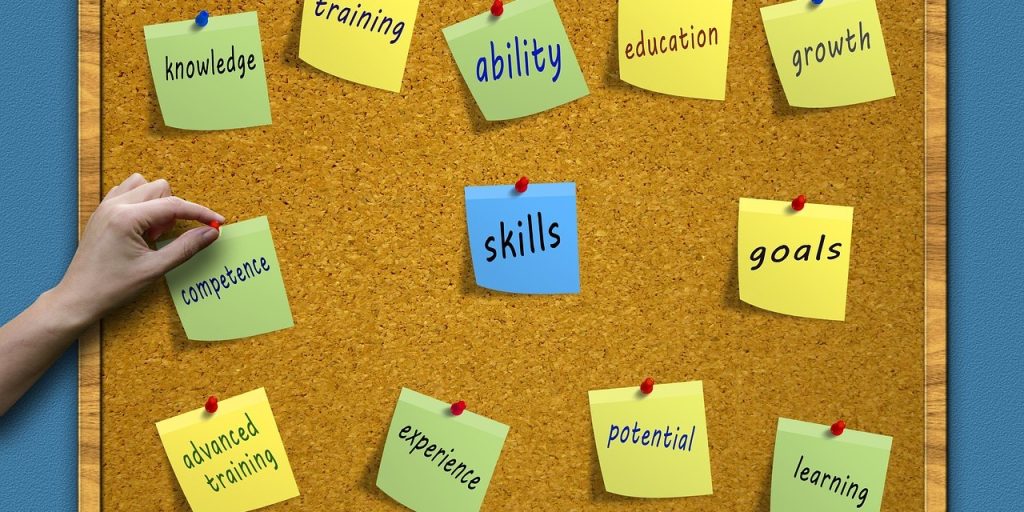
Unleashing India’s Potential: The Urgency of Skill Development
India’s economic trajectory aims for the stars, eyeing the coveted spot as the world’s third-largest economy. However, this ambitious goal is intricately tied to the nation’s ability to bridge its persistent skill gap. India’s economic growth engine relies on a skilled workforce, but the stark reality reveals a vast pool of untapped potential. This article explores the challenges, opportunities, and strategic imperatives to harness India’s demographic dividend and power its economic ascent.
The Current State: A Mismatch Between Aspiration and Skill
The World Bank projects a staggering demand for 109 million skilled workers across vital sectors by 2022. Yet, only 2.3% of the 12 million annual workforce entrants have received formal skills training. The resultant mismatch between demand and supply not only stifles individual potential but poses a substantial threat to India’s economic aspirations. In this context, understanding the hurdles hindering skill development is crucial to crafting effective solutions.
Unraveling Complex Challenges: Barriers to Skill Development in India
Addressing India’s skill gap necessitates untangling a web of challenges. The obstacles are multifaceted, from demand-supply disparities to infrastructure constraints, social barriers, and the evolving job market dynamics. A comprehensive examination of these challenges sheds light on the intricate landscape of skill development in India, paving the way for targeted interventions.
- The Challenge of Demand-Supply Mismatch
India grapples with a multifaceted demand-supply mismatch, encompassing issues such as irrelevant training, limited industry engagement, and a focus on quantity over quality. Bridging this gap requires a paradigm shift towards demand-driven training, industry-academic collaboration, and a recalibration of priorities to emphasize skill depth over sheer numbers.
- Infrastructure and Resource Constraints
Inadequate infrastructure, scarcity of skilled trainers, and uneven resource distribution pose formidable barriers to effective skill development. Crafting a sustainable solution involves
- strategic investments in infrastructure,
- addressing trainer shortages and
- ensuring equitable access to resources, particularly in rural and underprivileged areas.
- Social and Cultural Barriers
Societal norms, gender biases, and recognition issues create social and cultural barriers to skill development. Tackling these challenges demands a concerted effort to raise awareness, challenge traditional gender roles, and establish robust recognition and certification mechanisms that enhance the marketability of acquired skills.
- Rapidly Evolving Job Market
The dynamism of the job market, fueled by technological disruptions and the emergence of new industries, necessitates a proactive approach. Skill development programs must evolve to encompass not only immediate employability but also long-term adaptability, aligning with the changing needs of industries.
- Financing and Sustainability
Limited public funding, private sector reluctance, and ineffective financing mechanisms present financial hurdles to skill development. Overcoming these challenges requires innovative financing solutions, increased private sector involvement, and a recognition of the long-term economic benefits stemming from a skilled workforce.
Charting the Course for Economic Transformation: Opportunities and Solutions
As India charts a course towards economic transformation, the need for a skilled workforce is more pronounced than ever. The talent deficit is acutely felt in emerging sectors such as green hydrogen, EVs, 5G, and medical equipment manufacturing. Bridging this gap not only promises economic gains but also positions India as a global player in cutting-edge industries. A closer look at the potential benefits, job opportunities, and the role of major business houses underscores the urgency of strategic interventions in skill development.
Future Outlook: Transformative Gains and Doubling GDP
The India Skill Report 2023 reveals a positive trend in overall employability, increasing from 46.2 per cent to 50.3 per cent. Notably, the employable women workforce has risen significantly to 52.8 per cent, surpassing the employability rate of men at 47.2 per cent. This encouraging shift bodes well for India’s economic growth, as leveraging the nation’s demographic dividend could lead to doubling the GDP by 2030 from the current US$3 trillion+. The future outlook hinges on sustained efforts to address skill challenges, ensuring a skilled and diverse workforce propels India towards unprecedented economic heights.
By Anamika Singh, CEO, StraCon Business Services



